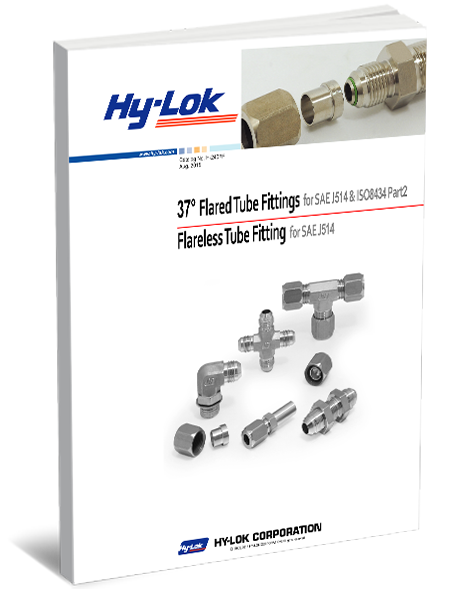There are several fuel options when working with natural gas, with CNG (compressed natural gas) and LNG (liquified natural gas) being among the most common. While these gases are both used to fuel equipment and machinery, they differ in how they are utilized.
If you’re updating the components of your natural gas system, this guide will help you choose the right fittings and valves for your fuel type.
What’s the Difference Between CNG and LNG Gas?
The main difference between CNG and LNG is in their names. LNG (liquified natural gas) flows through pipes and tubes in liquid form, while CNG (compressed natural gas) is compressed under high pressure and released in a gaseous state.
Some other key differences include:
Composition
Compressed natural gas is piped to a compression facility, while liquified natural gas is turned into a liquid by being cooled to -259°F (-162°C).
Application
CNG gas is commonly used to fuel transportation systems like long-haul fleets, buses, and waste haulers. It is also an option for power generation equipment and HVAC systems.
LNG gas has several uses and is found at many industrial and commercial worksites. An LNG fluid control system can be used to fuel equipment like cooking appliances, HVAC systems, and heavy-duty transportation like marine vessels.
Fitting Requirements for CNG vs LNG Applications
CNG and LNG fluid control systems require high-quality fittings, valves, and other components to operate efficiently and safely. Here are some different fitting requirements for CNG and LNG applications to help you select the right components for your system:
Pressure Rating
CNG gas is placed under very high pressure and requires fittings and valves that can withstand such rigours, like our Compressed Natural Gas Check Valves from Hy-Lok, which have a maximum operating pressure of 6000psig.
Liquified natural gas is generally operated at lower pressures and requires valves and fittings suitable for cryogenic conditions, such as our Cryogenic Needle Valves, which operate up to 300psig.
Temperature Conditions
Compressed natural gas requires components that can handle temperature fluctuations, as the Joule-Thomson effect can cause CNG temperatures to drop quickly and drastically.
LNG gas is stored in a cryogenic state, requiring valves and fittings to withstand extremely low temperatures to prevent material bitterness.
Material Requirements
CNG fittings and valves should be made from materials that can operate under high pressures, while components for LNG gas need to withstand extreme cold without malfunctioning.
Both systems can benefit from Hy-Lok’s 316 stainless steel fittings, which are highly durable components that stand up against temperature fluctuations, varied pressures, and corrosion.
Find the Right Fittings for Your Natural Gas System with Hy-Lok
Since 1977, Hy-Lok has been a leading manufacturer and supplier of components for the natural gas industry. Our products are compliant with ANSI NGV1 and ECE R specifications, ensuring your equipment meets all necessary requirements.
All of our components undergo rigorous tests to prove their durability and performance, including tests for leakage and corrosion. If you’re looking for high-quality fittings and valves for your fluid control system, contact Hy-Lok today.




